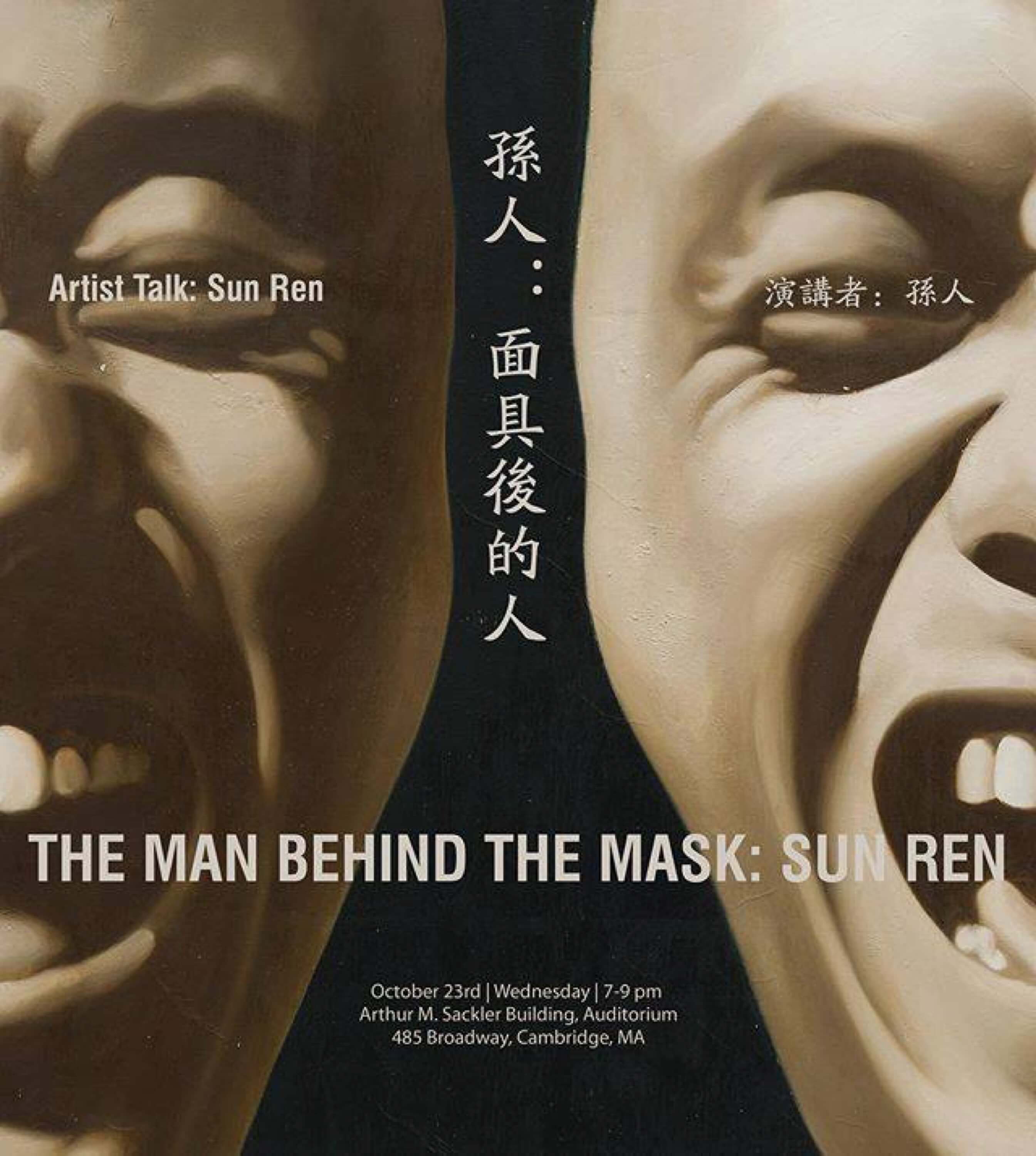For Chinese art, the 1980s is commonly seen as a period of transition—a time of either healing from the rigid and iconographic depictions from the Mao era in the past, or setting the stage for the so-called contemporary Chinese art of the 1990s, defined by the fame and success of Chinese artists in the global market. However, depictions of laughter in artworks such as Geng Jianyi’s The Second State reveal that these dominant narratives fall short, failing to account for the full story of the 1980s in Chinese art history.
The local dynamics of Chinese art during the 1980s transformed it into an image of the world, where different cultures and ideas flowed into and outside of China’s geographic boundaries.
Engaging with ideas freshly introduced from abroad on one hand and reconsidering concrete iconography of the nation’s past on the other, Chinese artists embraced ambiguity during the 1980s.
Chinese art of the 1980s remains unparalleled in reflecting these local dynamics, before the global market’s taste exerted its influence in the 1990s.
Through an interactive website, Study of Laughter provides audiences with a visual experience of a multifocal cognitive network that reflects the vibrant artistic scene of 1980s China. Visualizing rich data from in-depth research on what informed Chinese artists’ representations of laughter in the 1980s, the network takes the audience through an immersive journey. The audience will be able to examine depictions of smiling and laughing faces that became iconic during 1980s China. Audiences will explore organic and emergent relationships across images, music, literature, and popular genres, while also contemplating the temporal depth and geographical breadth that each iconic face entails. As a whole, Study of Laughter simulates the spontaneous and fluid neurological process of observing, experiencing, and registering expressions of laughter, as it aims to reclaim the complexity of Chinese art during the 1980s.


